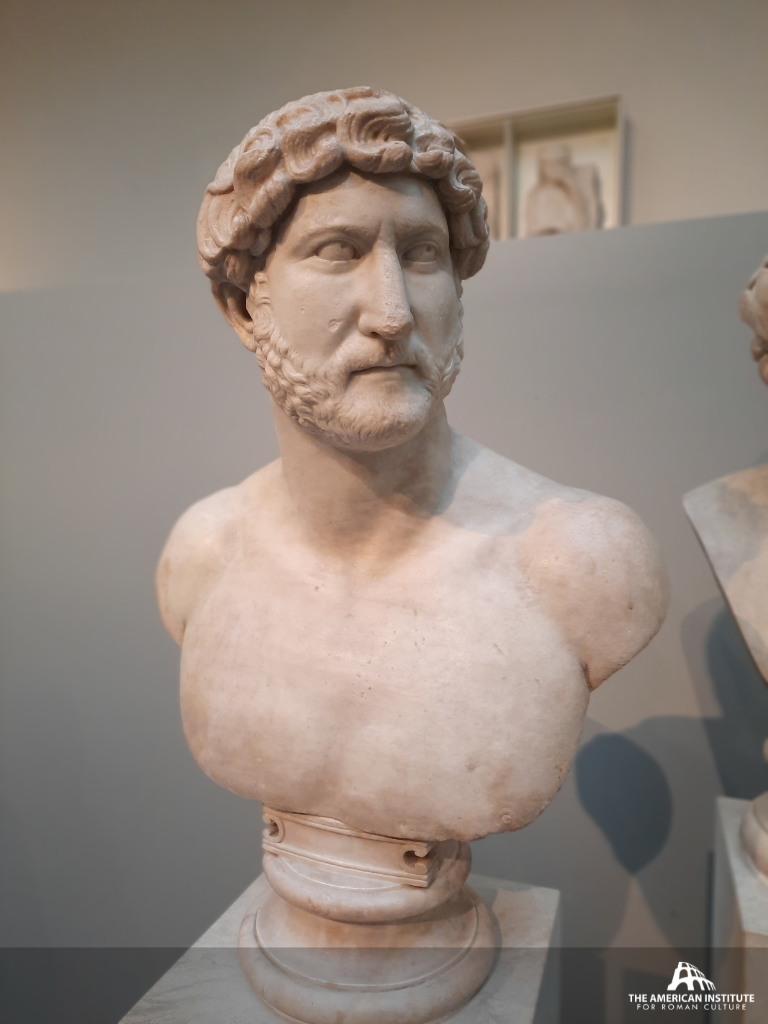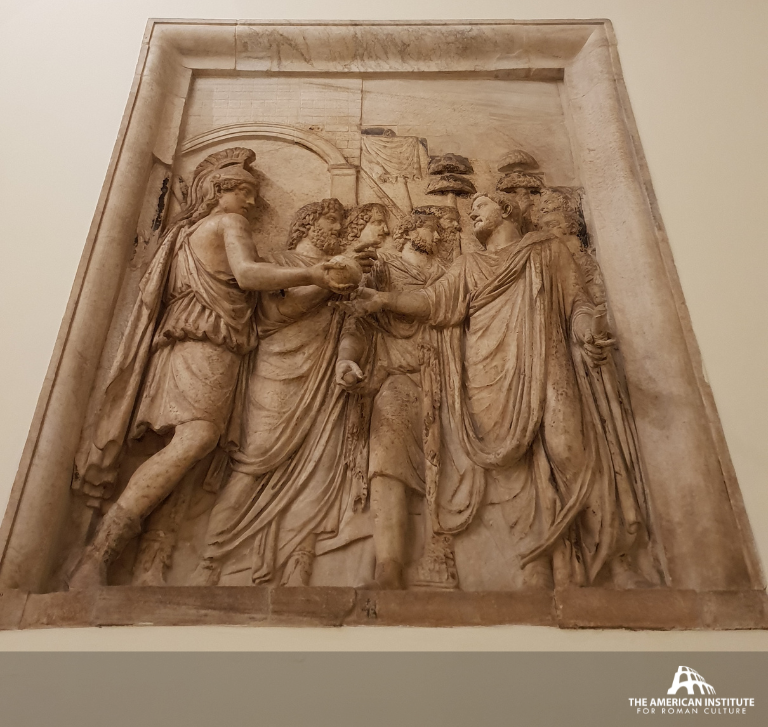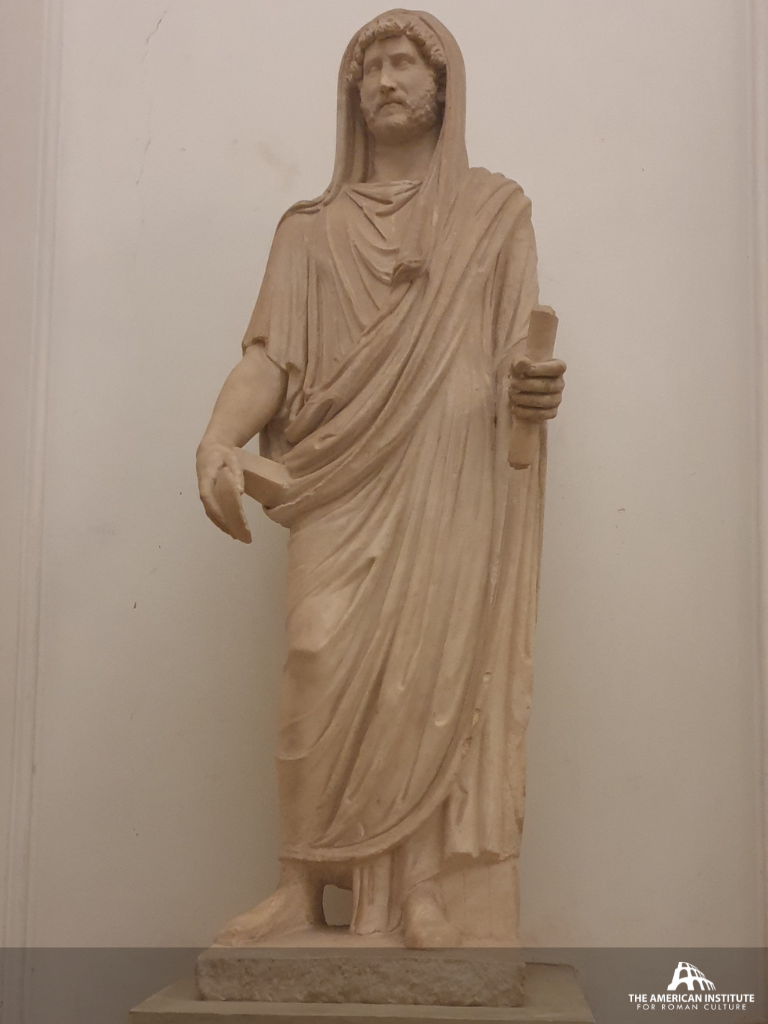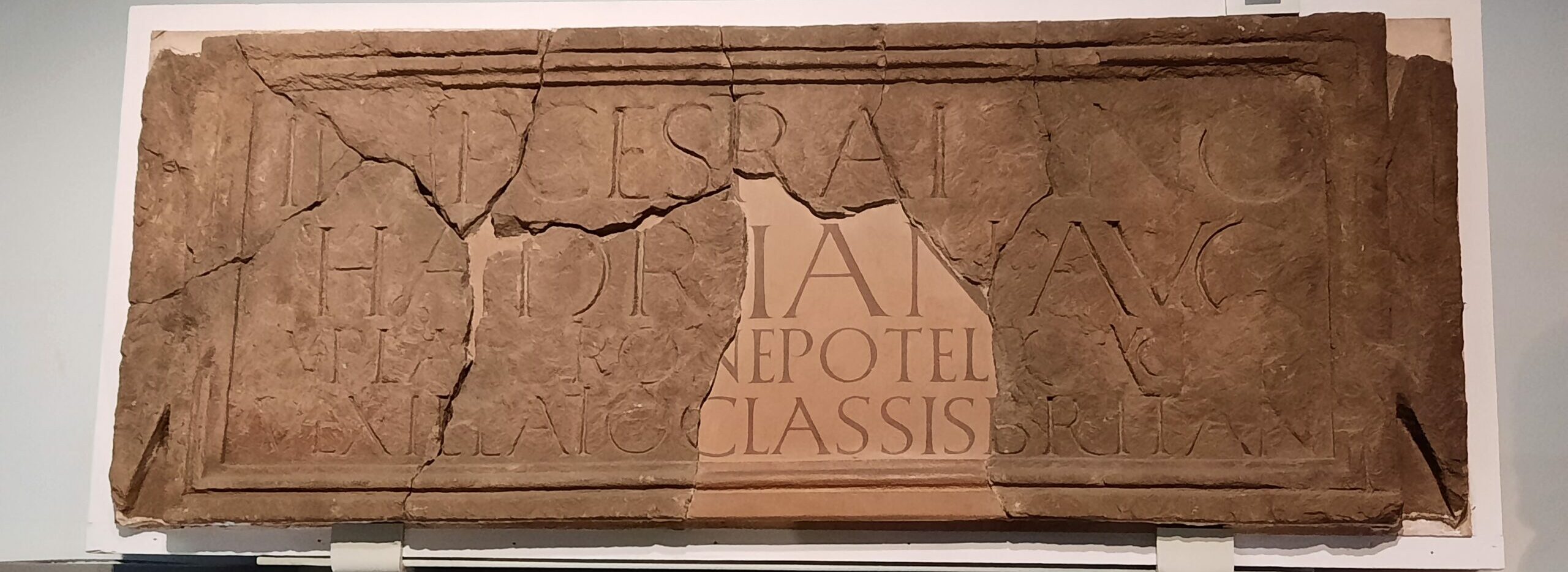Official Name: IMPERATOR CAESAR TRAIANUS HADRIANUS AUGUSTUS
Birthdate: January 24, 76 CE.
(Cassius Dio, Roman History, 69.23) (Historia Augusta, Life of Hadrian, 1)
Birthplace: Hadrian’s birthplace is disputed. Cassius Dio states that he was born in the city of Italica, in the province of Hispania (modern-day Seville, Spain). However, the Historia Augusta claims that he was born in Rome.
(Cassius Dio, Roman History, 69.1) (Historia Augusta, Life of Hadrian, 1)
Reign: Hadrian was named emperor in the will of his predecessor, Trajan. He became emperor on August 10, 117 CE.
(Historia Augusta, Life of Hadrian, 4) (Cassius Dio, Roman History, 69.1)
Marriages: Hadrian married Vibia Sabina, Trajan’s niece, in 100 CE. Their marriage was not a happy one, as Hadrian preferred the company of men and considered his wife to be a headache. Nevertheless, they remained married until Sabina’s death in 136 or 137 CE.
(Historia Augusta, Life of Hadrian, 1 & 11)
Death: Hadrian died of natural causes at his villa in the city of Baiae, Italy. He died on July 10, 138 CE.
(Cassius Dio, Roman History, 69.23) (Historia Augusta, Life of Hadrian, 25)

Bust of Hadrian, British Museum, London, December 2021

Relief of Hadrian entering Rome, Musei Capitolini, Rome, November 2018

Statue of Hadrian as Pontifex Maximus, Musei Capitolini, Rome, May 2019
117
(Historia Augusta, Life of Hadrian, 1)
121
(Historia Augusta, Life of Hadrian, 10-14)
126
(Historia Augusta, Life of Hadrian, 10 & 19)
130
(Cassius Dio, Roman History, 69.11) (Historia Augusta, Life of Hadrian, 13)
This content is brought to you by The American Institute for Roman Culture, a 501(C)3 US Non-Profit Organization.
Please support our mission to aid learning and understanding of ancient Rome through free-to-access content by donating today.
Cite This Page
Cite this page as: Darius Arya, The American Institute for Roman Culture, “Hadrian” Ancient Rome Live. Last modified 09/02/2022. https://ancientromelive.org/hadrian/
License
Created by The American Institute of Roman Culture, published on 09/02/2022 under the following license: Creative Commons: Attribution-NonCommercial-ShareAlike. This license lets others remix, tweak, and build upon this content non-commercially, as long as they credit the author and license their new creations under the identical terms. Please note that content linked from this page may have different licensing terms.


